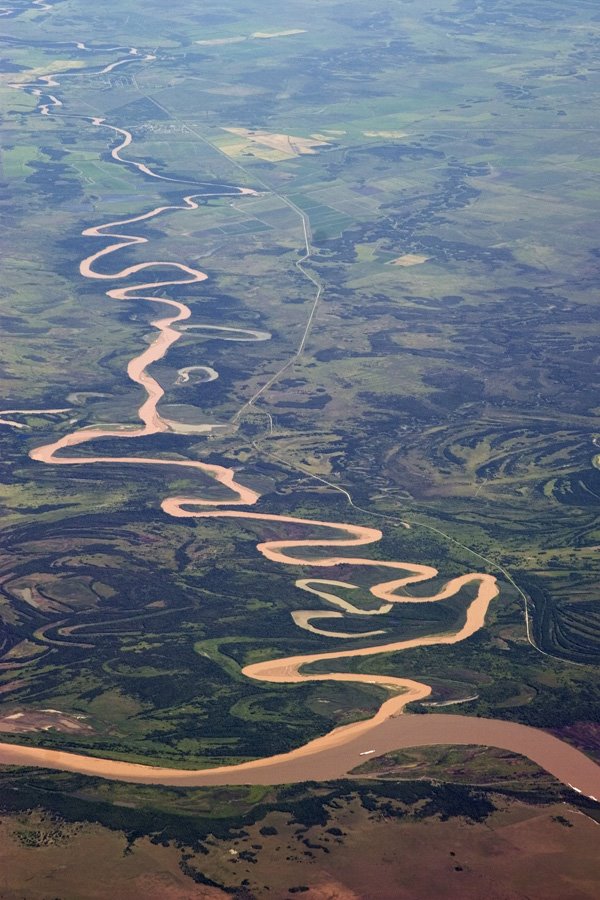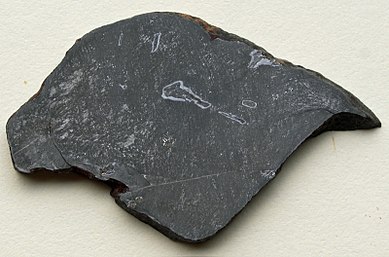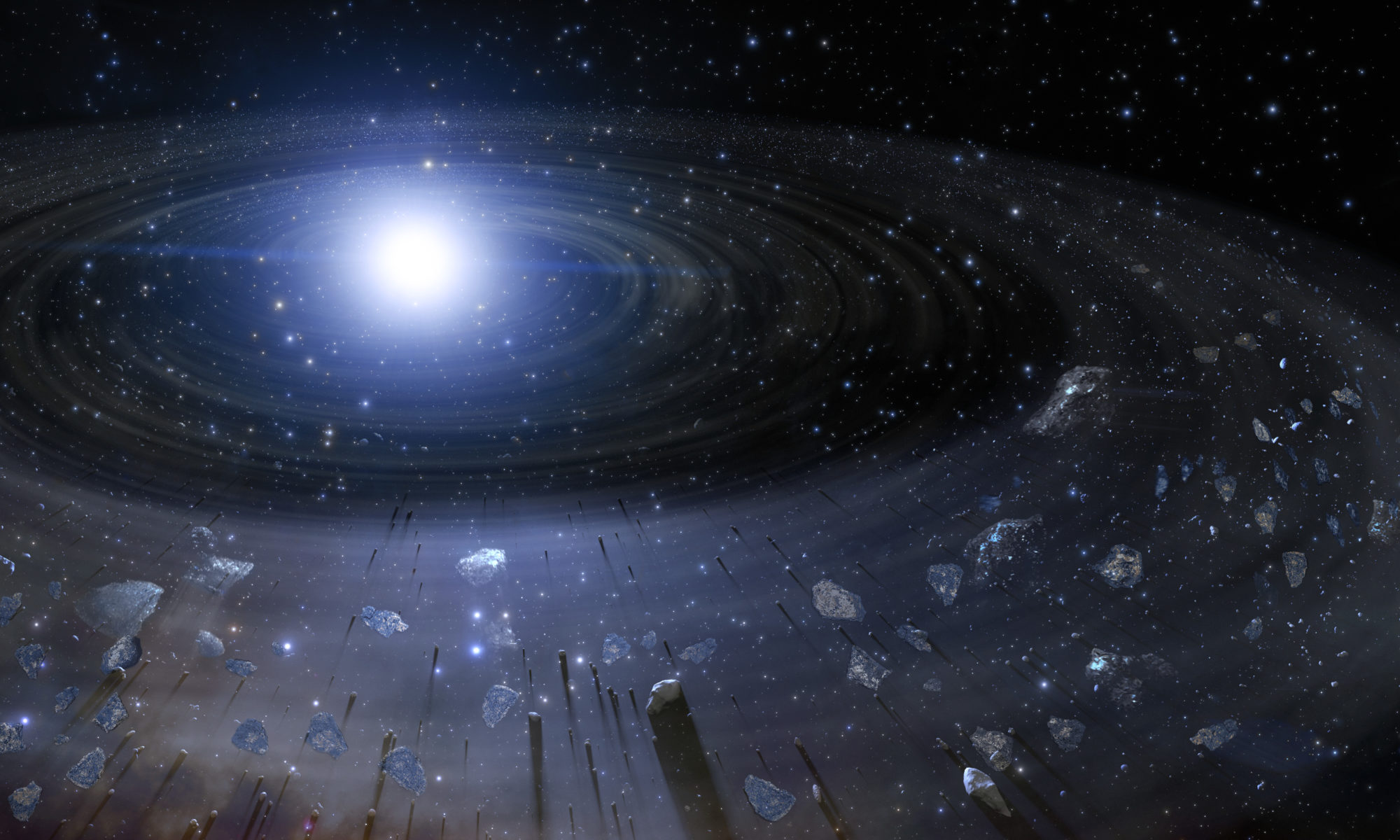Featured Image: Rio Bermejo meeting up with the Paraguay River, on the boarder of Formosa and Chaco Provinces. Image by Mapio. Used with permision.
Paper: Fluvial organic carbon cycling regulated by sediment transit time and mineral protection
Authors: Marisa Repasch, Joel S. Scheingross, Niels Hovius, Maarten Lupker, Hella Wittmann, Negar Haghipour, Darren R. Gröcke, Oscar Orfeo, Timothy I. Eglinton, and Dirk Sachse
In our current era of rapid climate change, it is critical we understand how every aspect of the Earth system affects carbon cycling. New work by Marisa Repasch and colleagues shows that rivers, under the right conditions, might be able to sequester more carbon in the sediments than released into the atmosphere. However, these findings may reveal how human impacts to rivers will likely increase the amount of carbon released to the atmosphere.
Continue reading “The surprising effects rivers have on our atmosphere”



